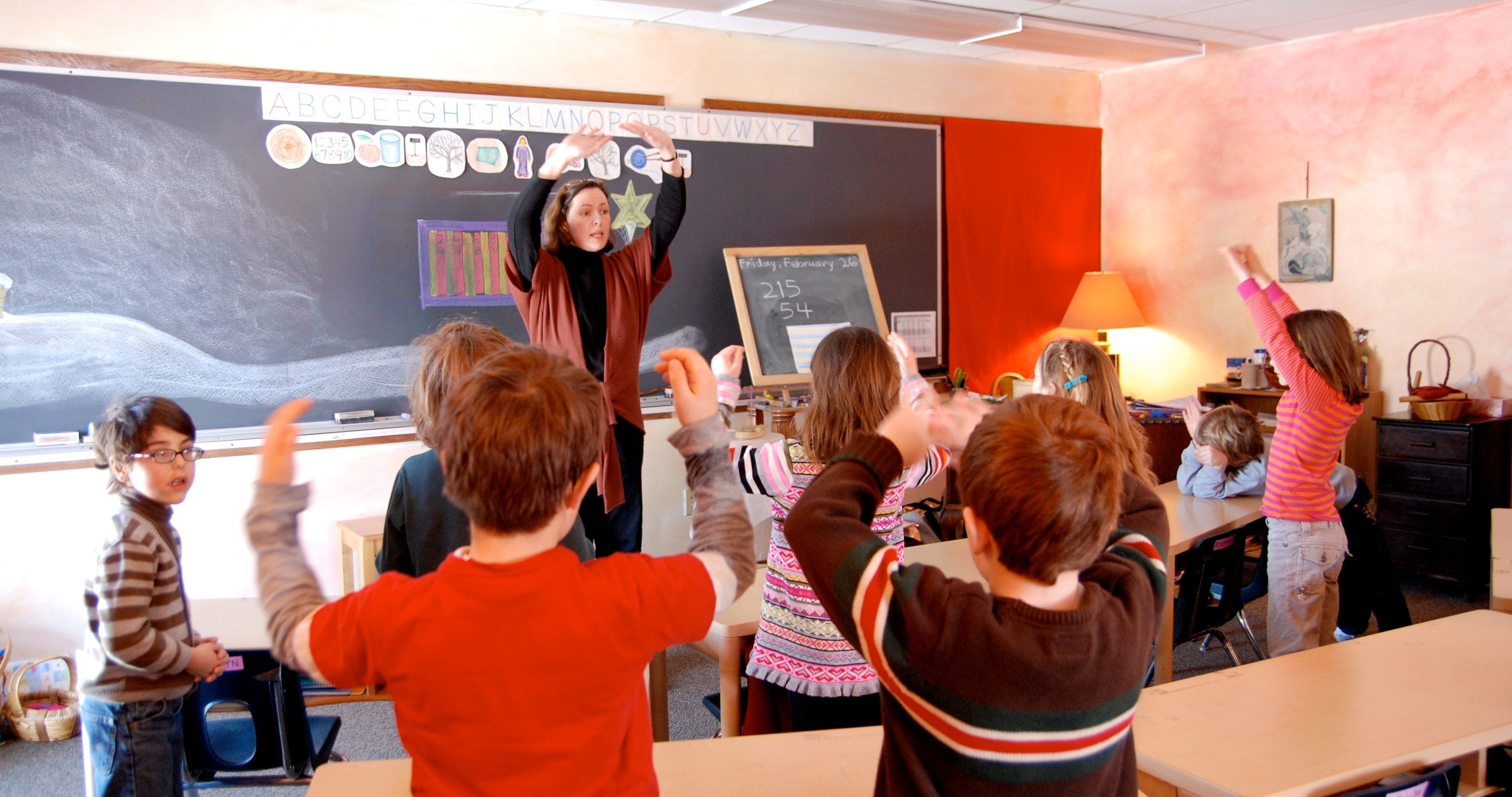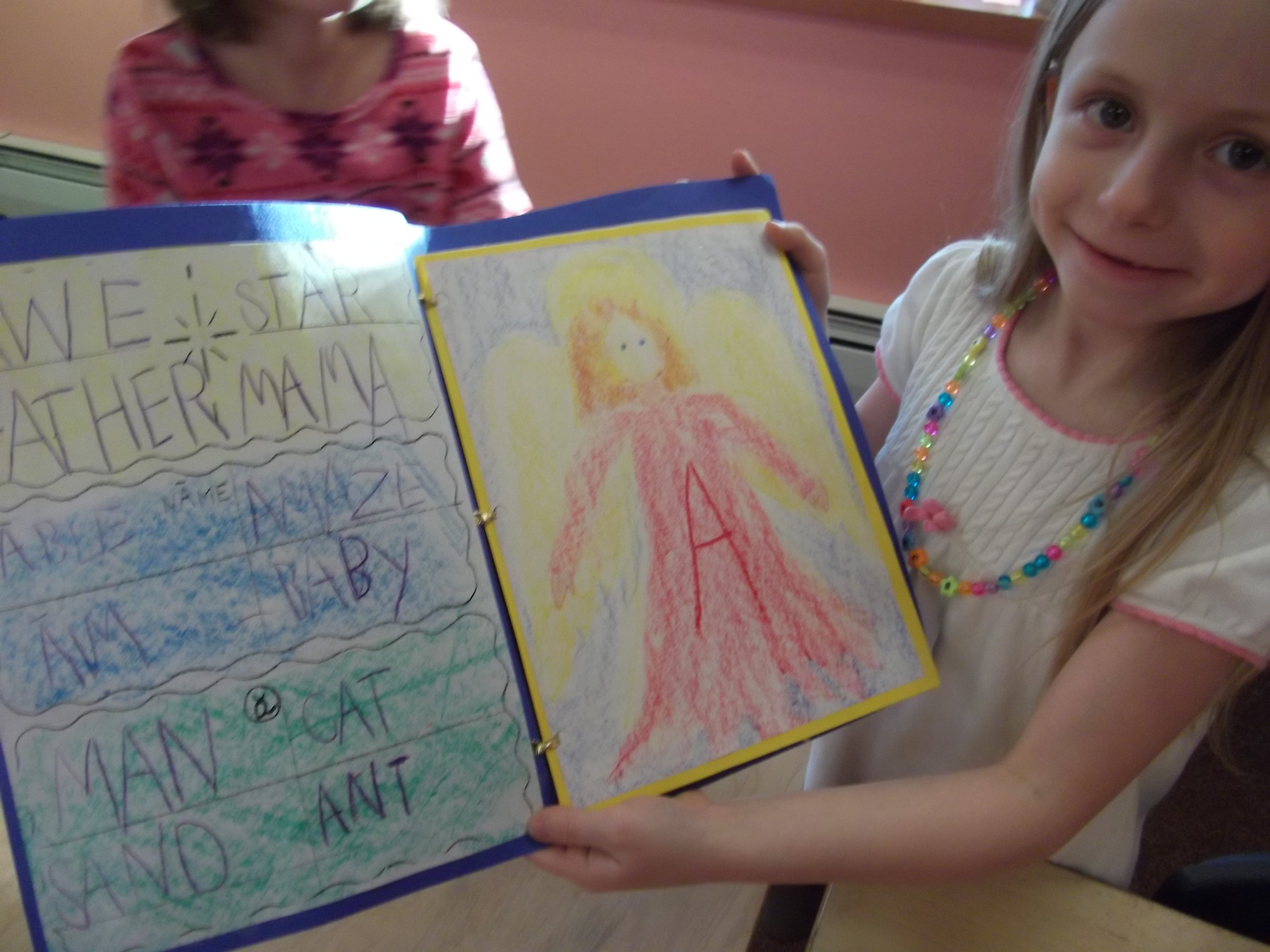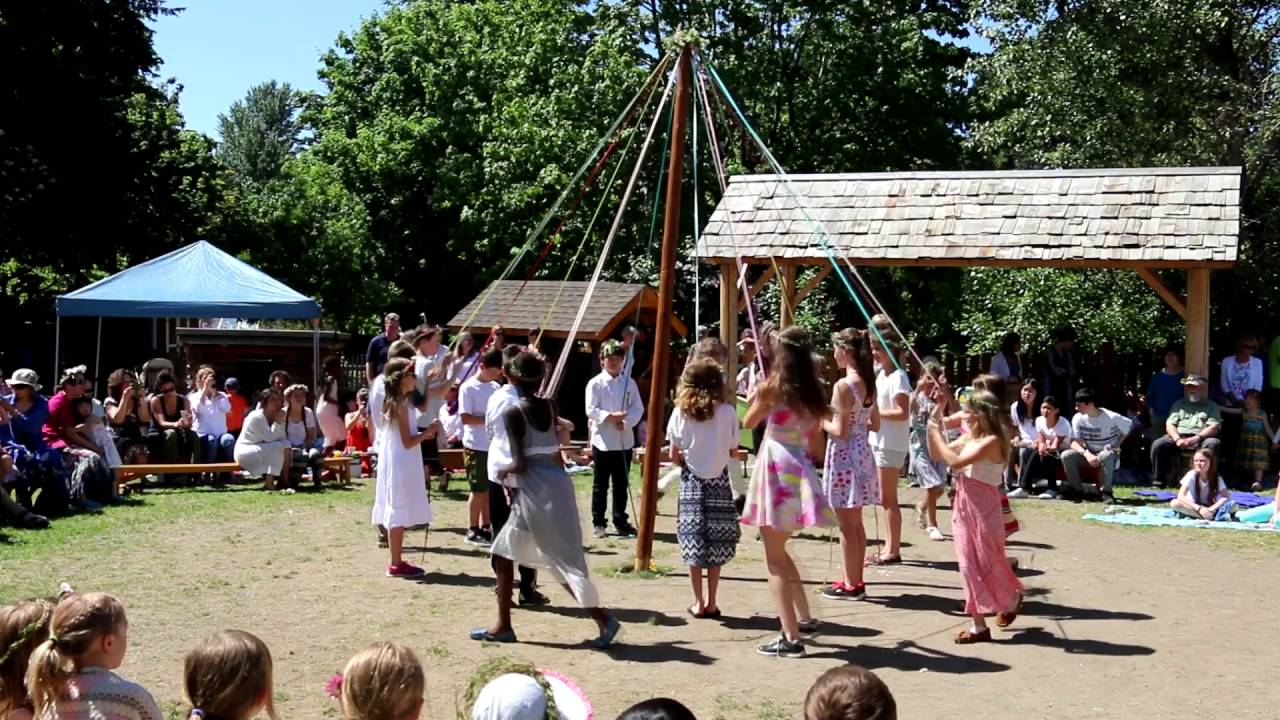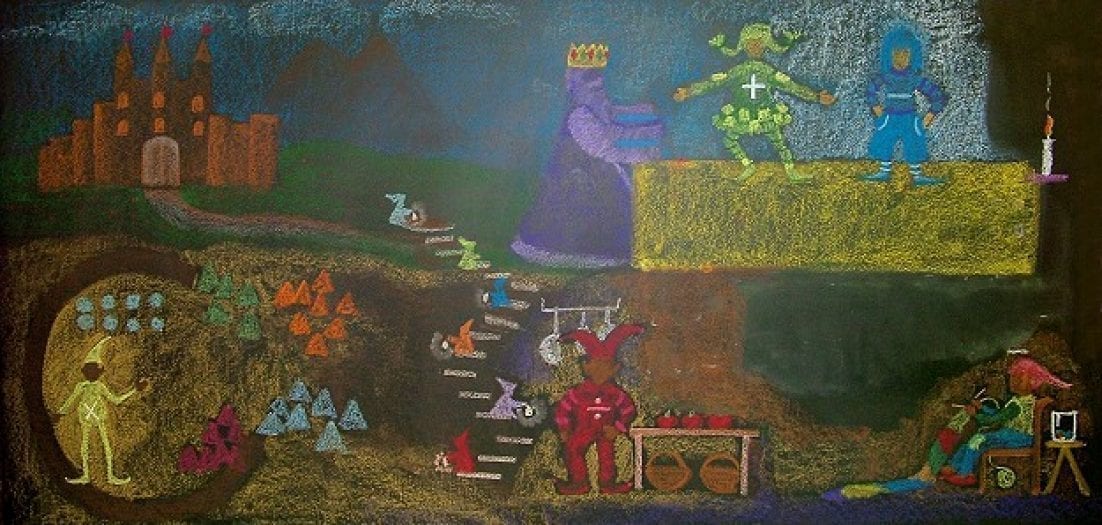Join Us
Welcome to Sycamore Creek Charter SchoolWe are Guided by the Core Principals of Public Waldorf Education
With the valued support of:


Our Educational Model
Our curriculum, guided by the Core Principles of Public Waldorf Education, focuses on developing the child’s active will, and supports clear and independent thinking. SCCCS is committed to contributing to the healthy growth of the whole child at each stage of development. Our TK and Kindergarten teachers will exemplify for students a model of an engaged and energized individual, inspiring them to become active the imagination is stimulated and developed in stages to provide an evolutionary momentum for abstract thinking.
Sycamore Creek Community Charter School aims to join more than 1,000 institutions whose approach to education is founded on the ground-breaking work of Rudolf Steiner (1861-1925). The first Waldorf school opened its doors in 1919 for the children of workers in the Waldorf-Astoria Cigarette Factory in Stuttgart, Germany. The innovative school attracted immediate interest among people seeking a new way of educating children, and now Waldorf Education one of the fastest growing education movements of this century with schools opening all over the world.
Waldorf Education is based on a profound understanding of human development that addresses the physical, emotional, and intellectual needs of the growing child. Waldorf teachers strive to transform education into an art that educates the whole child—the heart and the hands, as well as the head. “Head, heart, and hands” education links academic instruction with education of the heart by appealing to children’s feelings through stories, art education, and class projects, and education of the hands is accomplished by stimulating children’s will to complete each task beautifully and persevere through bigger projects to see every knitted hat, vegetable garden, or orchestra piece to completion.
See what surrounding Waldorf schools look like!
Journey School (public Waldorf charter)
Aliso Viejo
http://www.journeyschool.net/
Sparrow Program (public Waldorf charter)
La Mesa
https://nuasparrow.org
Maple Village Waldorf School (private)
Long Beach
www.maplevillageschool.org
Waldorf School of Orange County (private)
Costa Mesa
www.waldorfschool.com
Sanderling Waldorf School (private)
Carlsbad
www.sanderlingwaldorf.org
Waldorf School of San Diego (private)
Alta Dena
www.waldorfsandiego.org
News
Put on a green shirt, dress your kids in green, and come tell the OC Board of Education that you want a public Waldorf charter school available in Huntington Beach next year!
This is our 3rd appearance before the OC Board of Education to ask for approval to open a public Waldorf school in OVSD. With our petition, budget, and facilities plan firmly developed, we are asking the board to approve our petition to open a public charter where your child and his/her teacher progress through grades 1-8 together, where the teacher delights the children with imaginative chalkboard art and storytelling that frame the daily lessons, and where all children learn to support each other and their school through service in art, cooking, gardening, woodworking, knitting and sewing, music, drama, and much more! This education costs $14,500+ annually at the private Waldorf schools in Southern California. Come tell the board why you want accessible Waldorf education for all families.
CAN ***EVERYONE,*** EVEN IF YOU CAN’T ATTEND, please take a minute to write a brief note to the board telling them who you are, where you live, and why you want public Waldorf education. You can email them (ocbe@ocde.us) or, even quicker, sign our online petition at MoveOn.org:
https://petitions.moveon.org/sign/accept-sycamore-creek?source=c.em.cp&r_by=15300058
Thank you so much for your support! See you on the 16th 🙂
Wednesday, January 16, 2019 at 10 AM – 12 PM Next Week
200 Kalmus Dr, Costa Mesa, CA 92626-5922, United States





Expression, empathy and empowerment
Based on the work of Howard Gardner, each student should have the opportunity to develop multiple knowledge domains in order to become a well-rounded, successful person. These 9 domains, referred to by Gardener as Multiple Intelligences, are: linguistic, logic-mathematical, musical, visual-spatial, bodily/kinesthetic, interpersonal, intrapersonal, naturalistic, and existential. We believe Public Waldorf Education addresses all of these intelligences and that an effective approach begins with an inner vision of the child’s needs
Arts-integrated curriculum
Our approach, guided by the Core Principles of Public Waldorf Education, ensures that the arts are fully integrated throughout the curriculum. Students use high quality art materials such as beeswax crayons and other natural materials to provide a deeper connection to the earth and our history. Students explore visual and performing arts, painting, drawing, drama, singing, and instrumental music to enrich and enliven learning throughout the day. Additionally, recent research shows that students who study the Arts consistently perform better in academic pursuits.
The Three C’s of “Hardiness”
At Sycamore Creek Community Charter we believe in fostering the concept of “hardiness” in our students.
This prepares them to persevere through adversity as they pursue their interests and goals.
